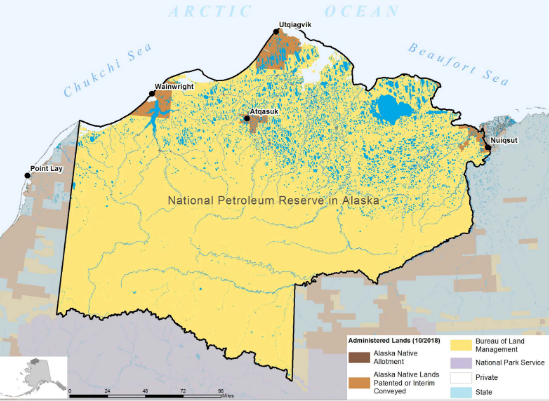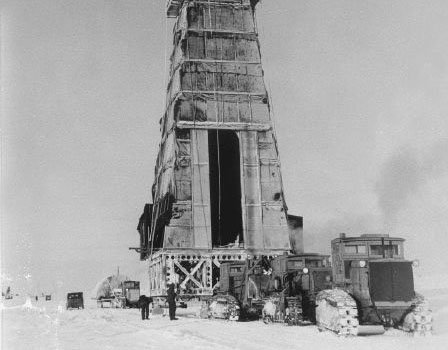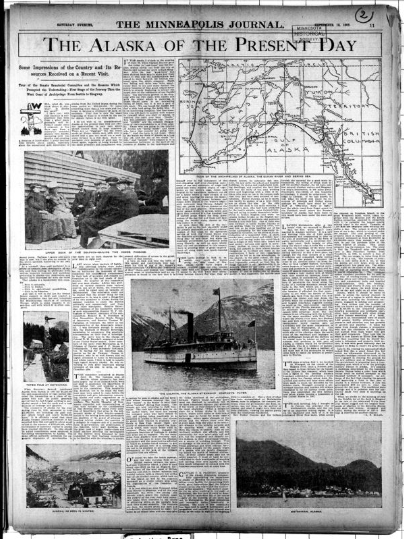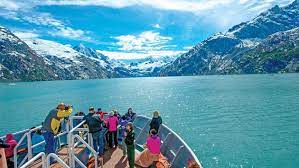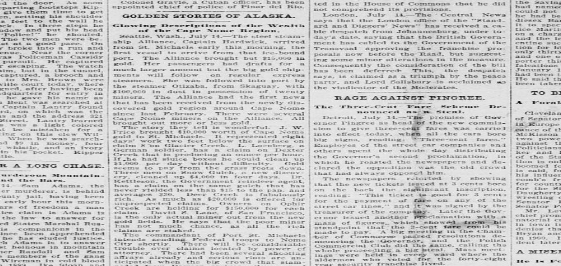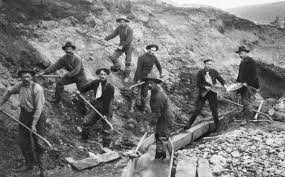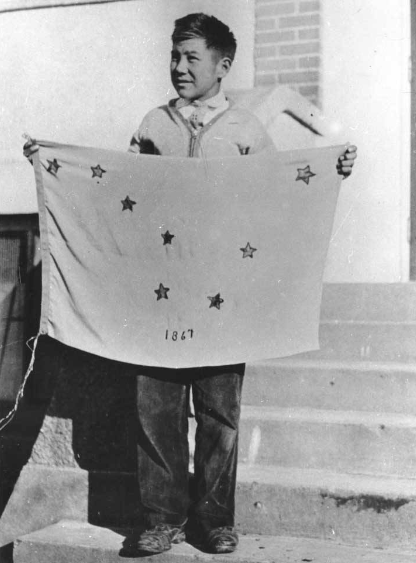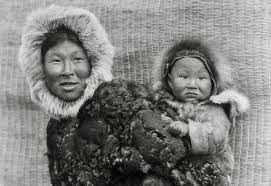The Alaskan native people were mainly the Inuits, Youpik, Athabascan, Unangan, and Tlingit when Russian explorers arrived to claim land in 1741. About 100,000 people were living in Alaska before Russia claimed the land as their own. Though a small number of Russians were sent to claim the land, they overpowered the natives using cruel acts, such as taking the children of the leaders. The Yukon native people were exposed to new diseases, such as typhoid fever, by the Yukon Gold Rush, which led to many deaths.
In the end, the native population was about half the amount they had started with by the time of the United States’ purchase. When the U.S. bought Alaska, native people were not considered American citizens, until much later in 1924 when the Indian Citizenship Law was passed. During that time, the native people had no rights, they could not vote, own property, or file mining claims. In the 1860’s, missionary societies and the Bureau of Indian Affairs tried to eradicate the native people's languages, music, dance, religion, art, and lifestyles. Later in 1971, President Nixon seized 44 million acres of federal land and gave it, along with one billion dollars to Alaska's native people. Today, Alaska has a population of 740,000; of which 120,000 are indigenous to Alaska.
